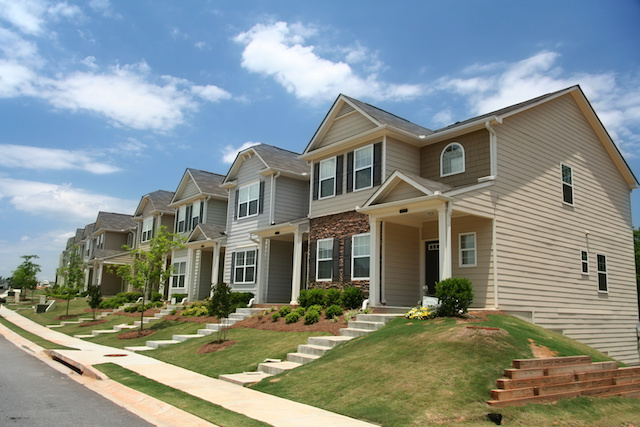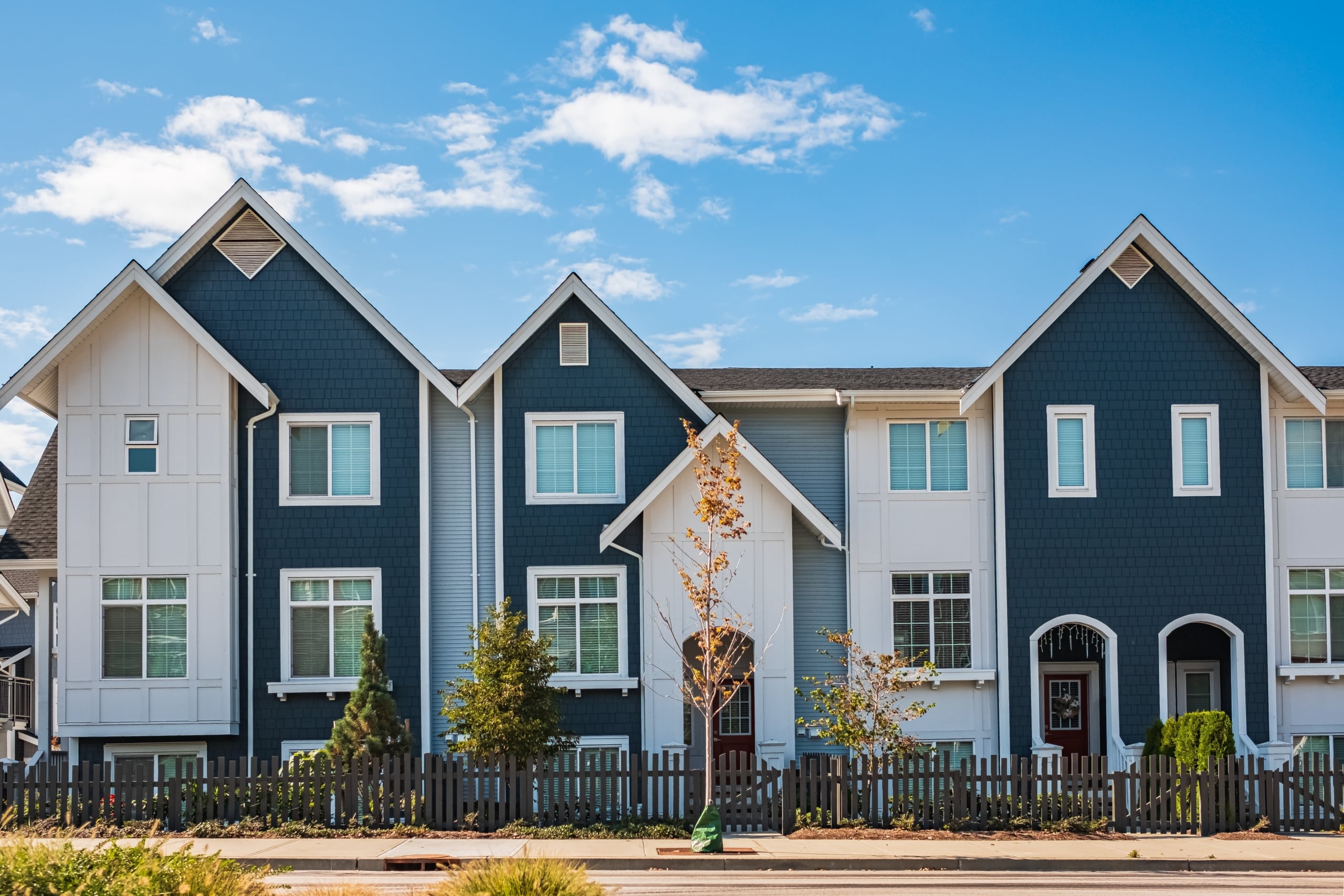Checking out the Guidelines and Regulations of Your Condo HOA
Checking out the Guidelines and Regulations of Your Condo HOA
Blog Article
Exactly How Condominium HOA Controls Shared Areas and Boosts Community Consistency
The administration of common spaces within a condo association plays a critical function in promoting community cohesion and maintaining building values. Through the facility of thorough guidelines, the Condo HOA not only controls the use of communal services yet additionally advertises a culture of regard and responsibility amongst residents.
Role of the HOA
The homeowners association (HOA) works as the regulating body for condo communities, playing an essential duty in keeping the building and advertising a cohesive living setting. It is accountable for passing and enforcing area policies and laws, which are made to maintain the visual value and functionality of the common space. This governance makes sure that all locals stick to a standard set of assumptions, fostering a sense of unity among diverse house owners.
In Addition, the HOA takes care of the financial facets of the area, consisting of budgeting, collecting charges, and maintaining usual locations. This financial oversight is essential in making certain that needed maintenance and renovations are executed quickly, enhancing building worths with time. The HOA likewise works as an intermediary between residents and outside entities, such as regional federal government and company, addressing communal concerns successfully.
In Addition, the HOA commonly arranges neighborhood events and programs, urging neighborly communications and building partnerships among homeowners. By promoting open communication and attending to grievances, the HOA adds to a harmonious living environment. Therefore, its complex function is vital in making sure the smooth operation and overall complete satisfaction within condo communities.
Guidelines for Shared Areas
Efficient administration in condominium neighborhoods requires clear regulations for shared spaces, which are crucial for keeping order and promoting a sense of community among homeowners. These guidelines function as standards that make sure everybody can take pleasure in common areas, such as swimming pools, gardens, and leisure facilities, without dispute.

Moreover, tidiness and maintenance requirements are vital, often stating that locals must tidy up after themselves and report any damages to the homeowners' organization. By plainly interacting these assumptions, the HOA can decrease misconceptions and encourage respect amongst citizens.
Eventually, distinct guidelines for shared spaces add to the general lifestyle in a condo area, enabling citizens to exist side-by-side peacefully while delighting in the facilities that improve their living experience. condo hoa.
Value of Area Standards

Neighborhood guidelines play a substantial function in fostering a respectful and cohesive environment within condominium organizations. These standards establish clear expectations for locals, advertising a sense of responsibility and shared obligation. By defining acceptable habits and practices, neighborhood standards assist stop misconceptions and disputes among citizens.
Moreover, these guidelines offer as a structure for keeping the practical and aesthetic integrity of common areas. They guarantee that all locals adhere to criteria relating to property upkeep, noise degrees, and use of public centers. This harmony not only boosts the visual appeal of the area however also contributes to total residential property values, profiting all house owners.
Dispute Resolution Techniques
Navigating problems within a condominium organization calls for an organized technique to make sure fair and reliable resolution. Reliable conflict resolution approaches frequently begin with open interaction, motivating homeowners to voice issues in a respectful manner. Establishing a designated network for complaints, such as a tip box or an on the internet discussion forum, can facilitate this procedure.
Arbitration is one more critical technique, where a neutral 3rd event helps contesting residents reach a mutually acceptable solution. This technique cultivates collaboration and understanding, lessening hostility - condo hoa. The HOA board should likewise develop clear procedures for addressing grievances, making certain all parties recognize the actions involved
Routine problem resolution training for board members can improve their capacity to take care of disputes successfully. Making use of a distinct structure, such as the "Interest-Based Relational Strategy," helps focus discussions on interests instead than settings, promoting a solutions-oriented state of mind.
Advantages of Area Consistency
Cultivating neighborhood consistency within a condominium organization brings many advantages that improve the general living experience for locals. A harmonious community encourages collaboration and teamwork among neighbors, resulting in a more harmonious atmosphere. When residents feel linked and recognized, they are most likely to take part in public tasks and join decision-making processes, resulting in a stronger sense of belonging.
Furthermore, neighborhood consistency dramatically minimizes misconceptions and conflicts, which can otherwise interrupt everyday life. A relaxed atmosphere lessens tension click for source and promotes psychological wellness, permitting citizens to appreciate their homes completely. In addition, unified relationships usually convert into boosted property worths, as potential purchasers are drawn to neighborhoods identified by security and cooperation.

Final Thought
In summary, the role check my source of the Apartment HOA is pivotal in fostering and controling shared rooms community consistency. condo hoa. With the facility of clear guidelines and area guidelines, homeowners are motivated to keep a accountable and respectful setting. Effective problem resolution strategies additionally enhance communication and cooperation among citizens. Ultimately, the efforts of the HOA add to a cohesive neighborhood, advertising both home worths and overall resident fulfillment. The favorable impact of these efforts is crucial for sustained common wellness.
Furthermore, the HOA commonly arranges area occasions and programs, urging neighborly communications and constructing relationships among residents. By delineating acceptable habits and methods, area standards assist stop misconceptions and problems among residents.
Additionally, community standards promote reliable interaction amongst citizens and the Homeowners Association (HOA) Through the establishment of clear rules and community standards, homeowners are urged to preserve a respectful and responsible setting. Eventually, the efforts of the HOA contribute to a natural area, promoting both home values and total resident Continued contentment.
Report this page